Here's a guide to Milwaukee's Amani neighborhood
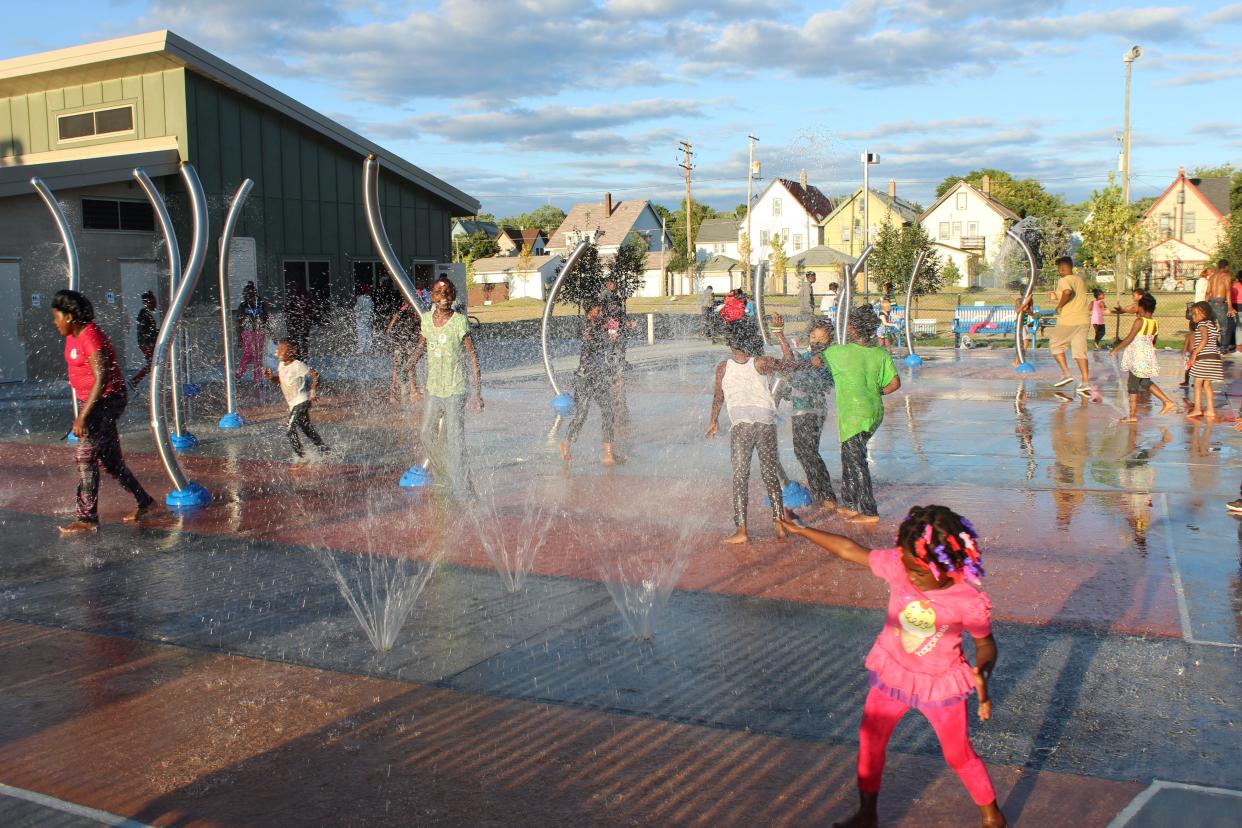
Milwaukee is home to dozens of different neighborhoods.
Here's what to know about Milwaukee's Amani neighborhood, which has more than 3,000 homes.
More: How many neighborhoods are there in Milwaukee? Here's why there's no 'right' answer.
Where is Amani located?
The Amani neighborhood was formerly part of the Franklin Heights and Park West neighborhoods on Milwaukee's north side.
Today, city officials and community leaders consider the Amani neighborhood to be from North 20th Street east-west to North 30th Street and West Keefe Avenue north-south to West North Avenue, except from North 27th Street to North 30th Street south of West Center Street. That corner is considered part of the Metcalfe Park neighborhood.
Before Amani was Amani
In the 1800s, the neighborhood was mostly a farming community. German settlers built homes, North Division High School, Union Cemetery, churches, taverns and other shops along its main streets.
In the early 1900s, the area became more residential when car frame manufacturer A.O. Smith moved its factory from Walker's Point to Franklin Heights near North 27th and West Hopkins streets.
The racial makeup of the neighborhood began to change in the 1960s. The building of freeways displaced residents, and many people with a European background moved to new neighborhoods while younger, Black families moved into the area to take jobs in factories like A.O. Smith.
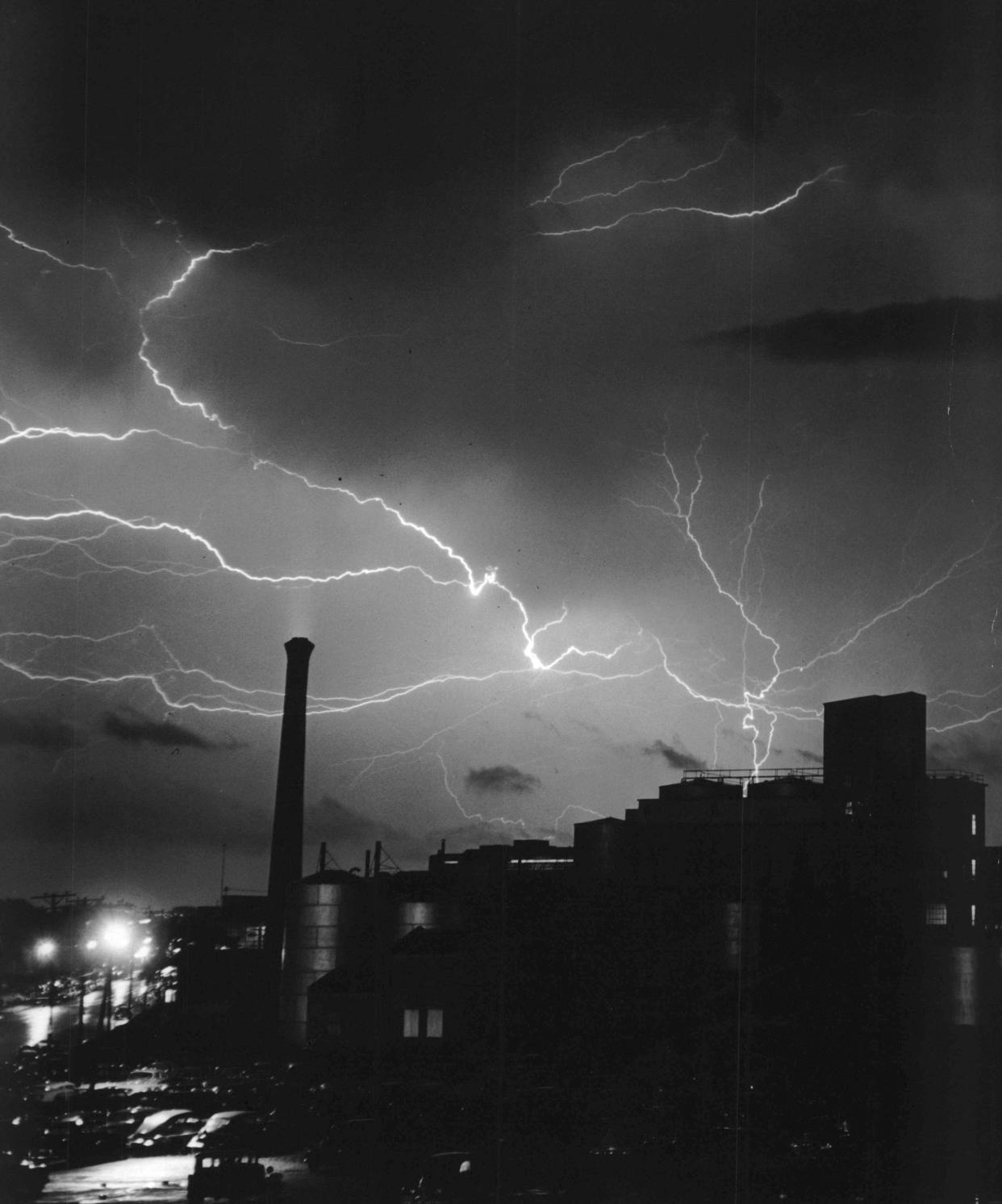
By the late 1990s, the industrial economy collapsed. The Calvin Moody indoor pool at 2200 W. Burleigh St. — a main attraction in the area — was closed and factories shuttered, leaving vast expanses of concrete, broken glass and barbed wire. A.O. Smith was purchased by a company that itself closed in 2006.
Hundreds of acres of vacant land were left behind, but in 2009, the city embarked on a $35 million project to develop part of the land into Century City Business Park.
How did Amani get its name?
The Amani neighborhood received its name in the late 1990s. City planners eventually signed off on the name Amani, which means "peace" in Swahili.
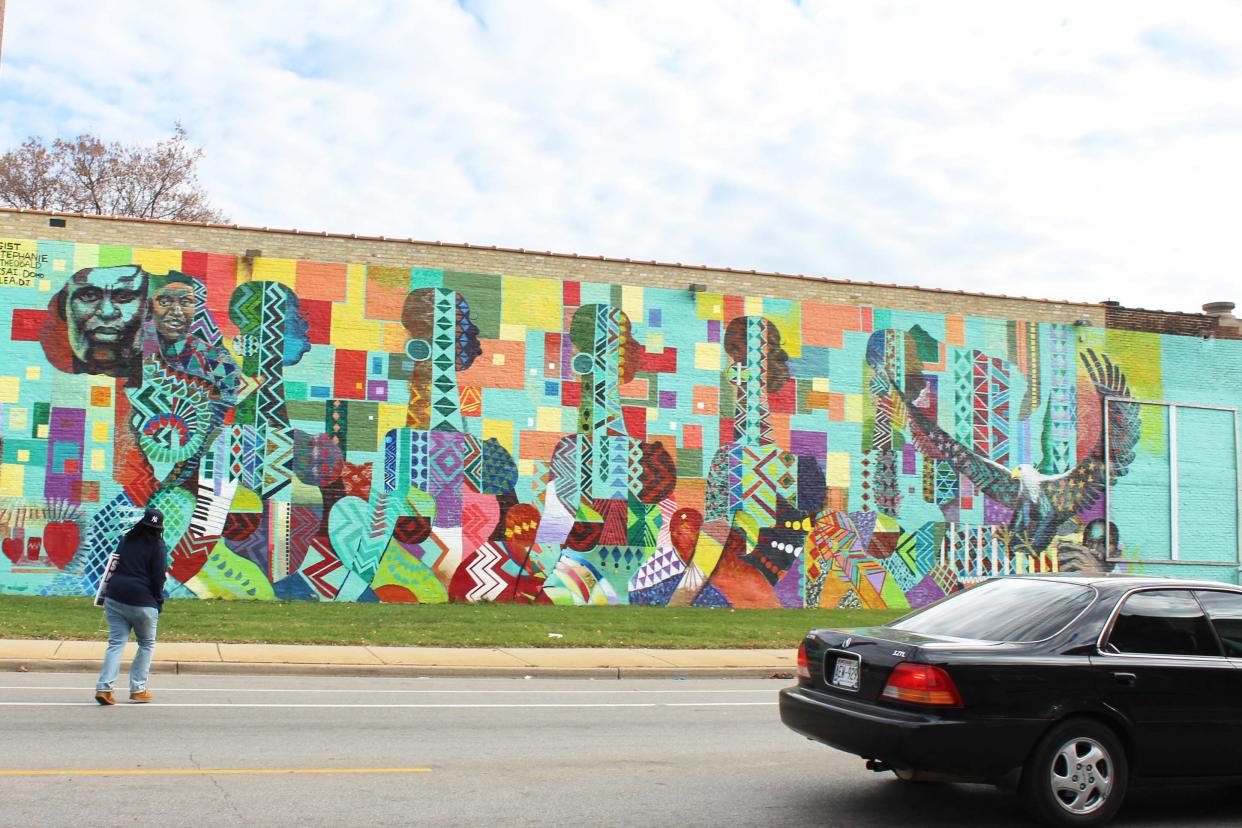
Working to bring 'amazing change' to once-thriving Amani
Today, much of Amani is still feeling the effects of the economic downturn.
According to data from the Dominican Center, in 2020, over half of Amani residents lived below the poverty line. About 1 in 3 adults under the retirement age was unemployed. Roughly half of households were headed by a single parent, the median income was about $20,000, and about a third of residents had no high school diploma.
Amani is part of the 53206 Zip code, which gained national notoriety following a 2016 film titled "Milwaukee 53206" which claimed that the Zip code had the worst incarceration rate in the U.S. That claim has been documented as largely hyperbole, but has been repeated often by media and public figures.
There are institutions in the neighborhood working to change the narrative.
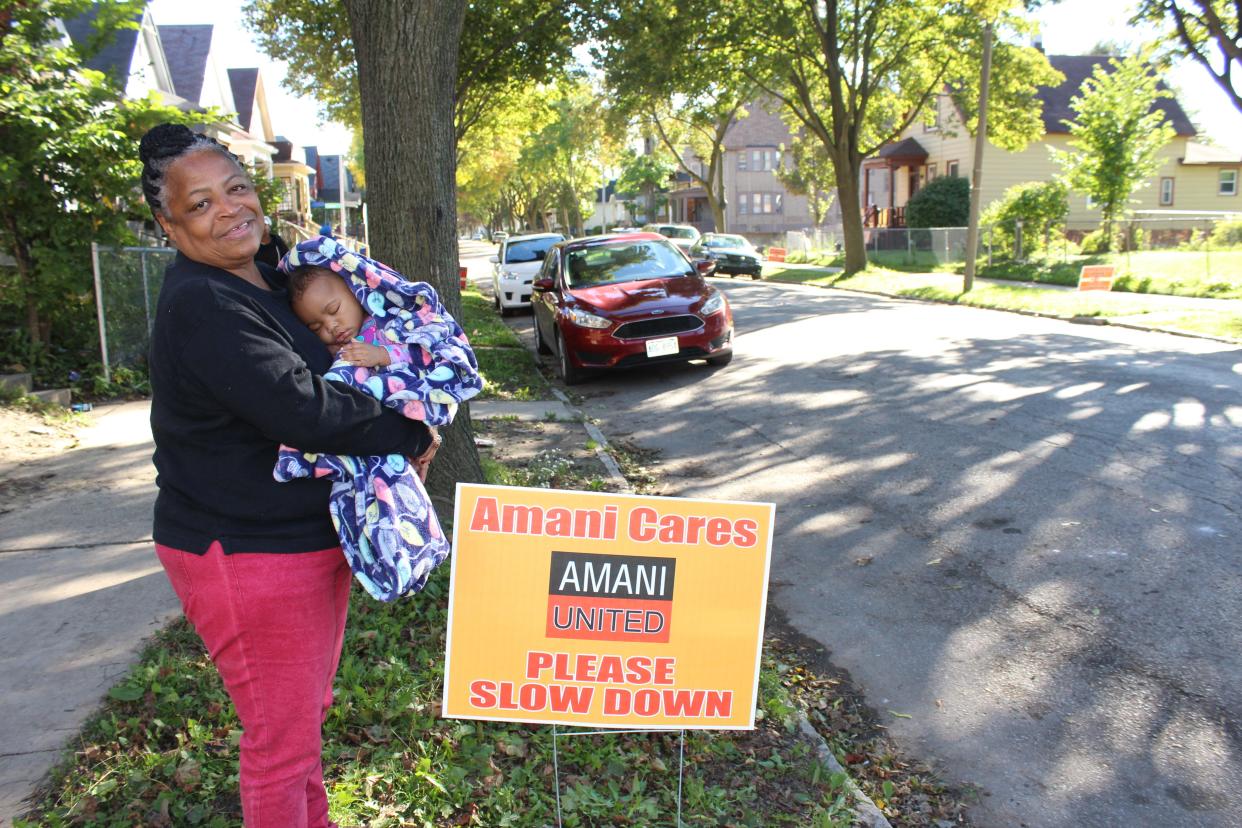
The Dominican Center, a nonprofit at 2470 W. Locust St., has been working to revitalize the neighborhood. The group was recognized by the Obama administration in 2012 as an anchor in the community working to catalyze community-driven change in neighborhoods that have historically faced barriers to revitalization.
Maricha Harris, executive director of the center, said a major effort is getting action from officials and businesses to help revitalize many of the commercial spaces, which have fallen to a "blighted" status. She said it is a main concern of the residents who have lived in the area for generations.
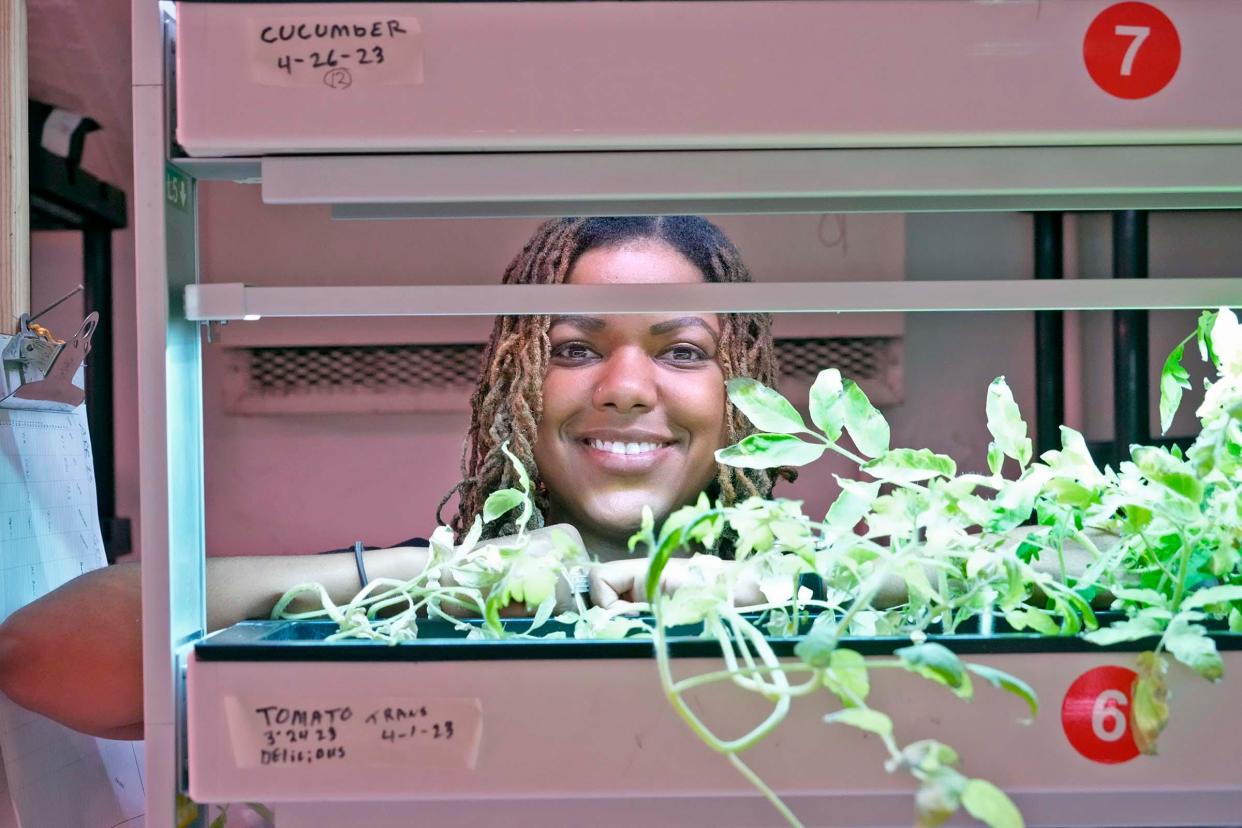
"One of the things we would love to see is how can we revitalize commercial spaces in the neighborhood," Harris said.
The center holds events, including block parties, a harvest fest and neighborhood cleanups. The center posts the latest activities on dominican-center.org
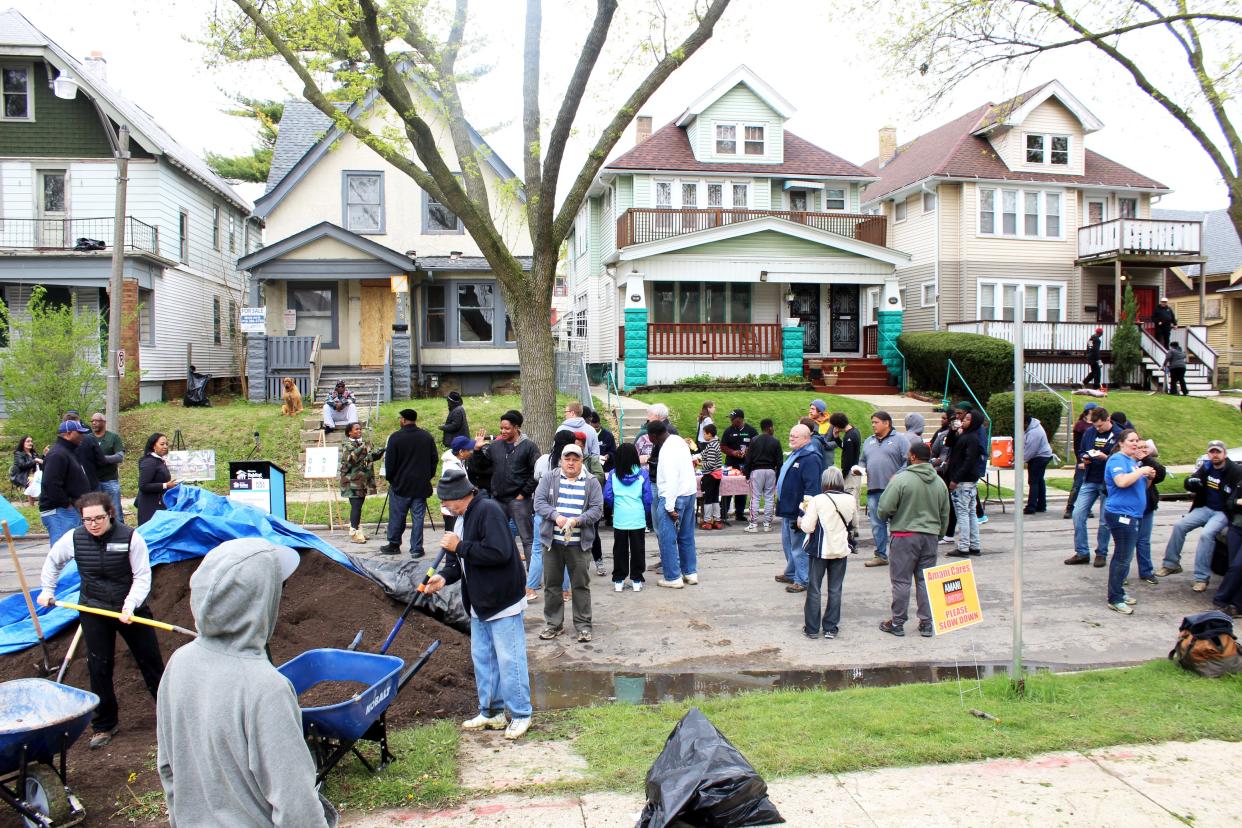
"The neighborhood was once thriving and it can absolutely be a vibrant, thriving neighborhood again with all of us being part of that amazing change that's happening," Harris said.
What historical sites, parks, and gyms are in Amani?
The Amani neighborhood is home to one of Milwaukee's most prominent locations archiving and celebrating Black Milwaukeeans. The Wisconsin Black Historical Society is located at 2620 W. Center St., near the Milwaukee Public Library Center Street Branch.
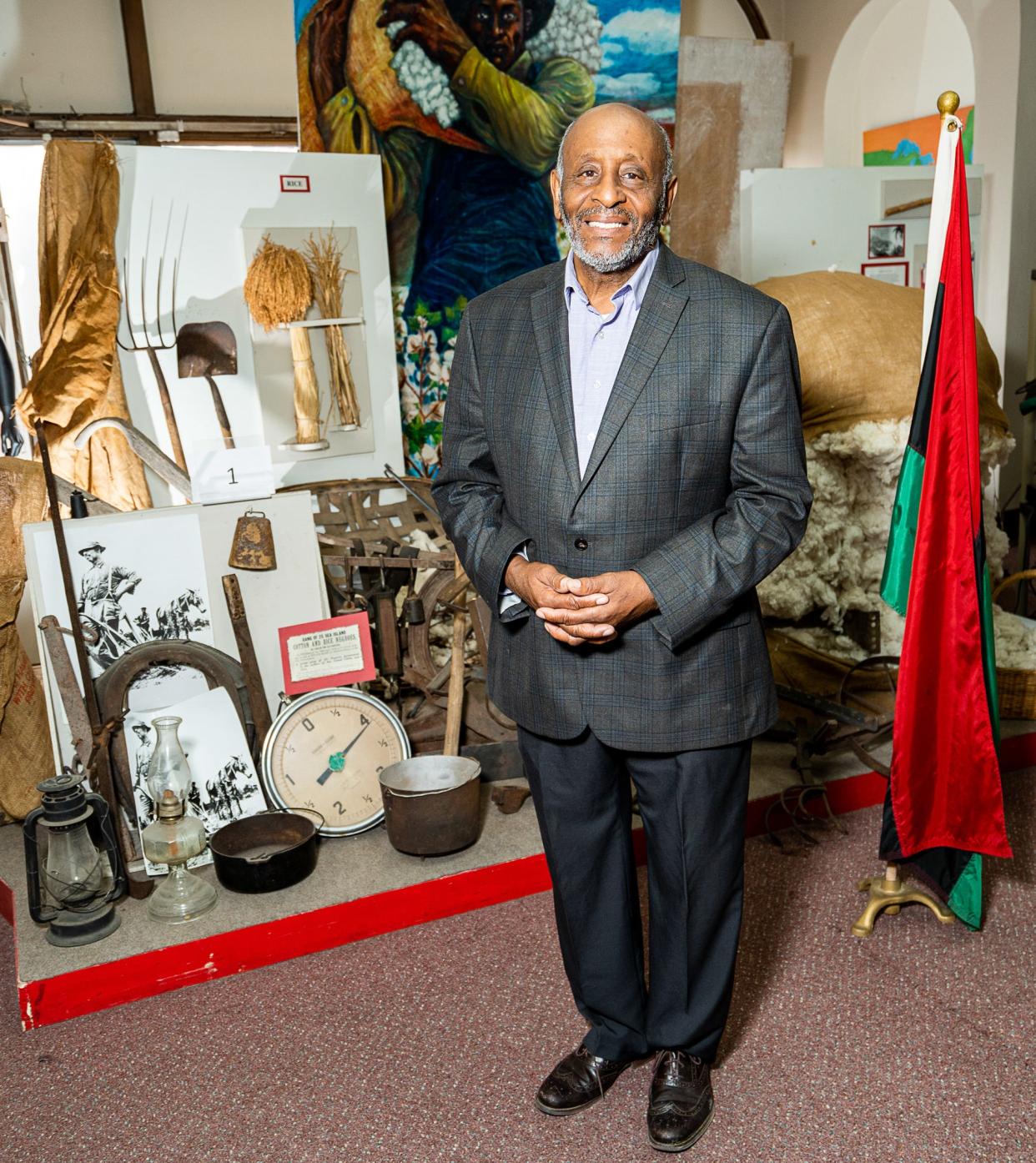
Clayborn Benson, founder and executive director of the nonprofit, acquired the museum's building in 1987. Since then the Black Historical Society has offered exhibits and cultural events to the community.
Another nonprofit helping educate the public, particularly children, is COA Youth & Family Centers. COA's Goldin Center is at 2320 W. Burleigh St.
The Children's Outing Association was founded in 1906 by a group of Jewish women who sought to provide families in poverty the means to achieve self-sufficiency and raise healthy, productive, successful children, according to COA's website.
Today, COA often partners with Milwaukee Public Schools to offer educational, recreational and social work programs to Milwaukee children, teens and families.
Within that same block is Moody Park, a popular location for gatherings often organized by activists and advocates. The park went through a renovation in 2015 resulting in lighted basketball courts, a picnic pavilion and splash pad.
On the western end of the neighborhood is Al Jarreau Park, renamed last year in honor of the Grammy Award-winning Milwaukee native.
This research comes from previous Journal Sentinel coverage, John Gurda's "Milwaukee, City of Neighborhoods," Urban Anthropology Inc and Encyclopedia of Milwaukee.
New to the neighborhood? Here’s how to access Milwaukee services
Amani is part of the 7th Aldermanic District. Contact your alderperson and find news about the district at city.milwaukee.gov/CommonCouncil/CouncilMembers/District7.
Washington Heights falls within Police District 3. Public meetings take place at the district station at 2333 N. 49th St. Visit city.milwaukee.gov/police/districts/District-3 for more information.
Find your garbage and recycling schedule at city.milwaukee.gov/sanitation/GarbageRecyclingSchedules.
Learn how to register to vote and find your polling place at city.milwaukee.gov/election/Voter-Info.
Need to borrow tools for a home improvement project? Check out the city’s Tool Loan Center, 2500 W. Capitol Drive. More details at bit.ly/MKE_ToolLoan.
Want to get emailed updates about police activity, new development and more in your neighborhood? Sign up for the city’s e-notify system at city.milwaukee.gov/News-Events/enotify.
Tell us about your Milwaukee neighborhood. We want to hear from you!
What makes your Milwaukee neighborhood special to you? Do you have any photos in the neighborhood you'd like to share? Share more at bit.ly/MKE_Neighborhoods.
This article originally appeared on Milwaukee Journal Sentinel: A guide to Milwaukee's Amani neighborhood
